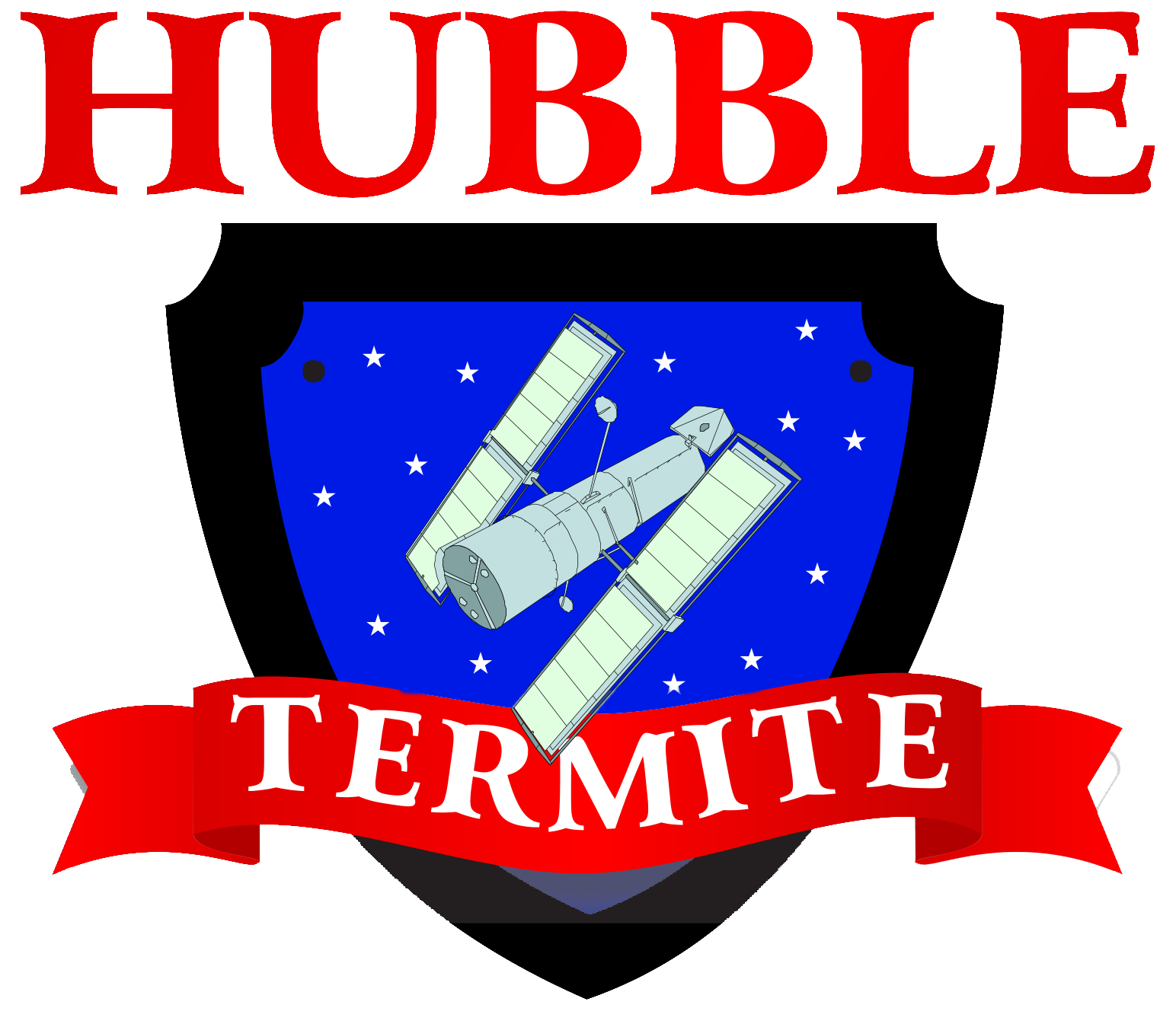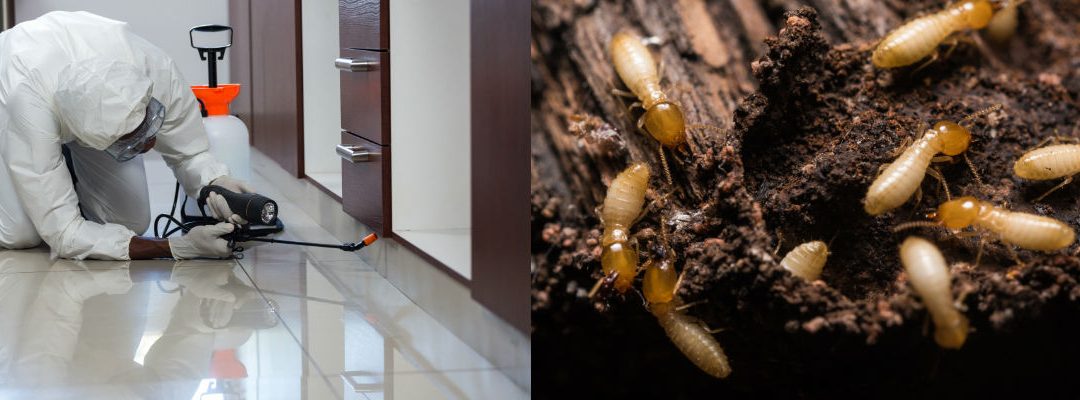The Process of Professional Termite Inspections
Discovering a termite infestation can be a homeowner’s worst nightmare, given the potential for significant structural damage that these pests can cause. Fortunately, professional termite inspections can provide peace of mind by either confirming the absence of termites or detecting their presence before they can cause irreparable harm. Understanding the process of a professional termite inspection can help homeowners know what to expect and appreciate the value of this crucial service. In this article, we’ll delve into the specifics of what happens during a termite inspection, including the tools and techniques professionals use to detect these elusive pests.
What to Expect During a Professional Termite Inspection
When you schedule a termite inspection, a trained and certified pest control professional will visit your home to conduct a comprehensive examination of your property, both inside and out. Here’s what typically happens:
Initial Consultation: The inspector may start with a brief consultation, asking about any signs of termites you’ve noticed or areas where you suspect termite activity. This conversation helps them focus their inspection on potential problem areas.
Visual Inspection: The core of the inspection involves a thorough visual check of all accessible areas of your home. Inspectors look for signs of termite activity, such as mud tubes, damaged wood, frass (termite droppings), and wings from swarmers (reproductive termites).
Use of Specialized Tools: In addition to a visual inspection, professionals use specialized tools to detect termites in hidden areas. We’ll cover these tools in more detail in the next section.
Inspection of Hard-to-Reach Areas: Termites often live in places that are not easily visible or accessible. Inspectors may use ladders to check your attic, crawlspaces, and the foundation of your home for any signs of infestation.
Report and Recommendations: After the inspection, the professional will provide a detailed report of their findings, including the extent of any termite activity and damage. They will also recommend a course of action for treatment if termites are found, or preventive measures to protect your home.
Tools and Techniques Used in Termite Detection
Professional termite inspectors are equipped with specialized tools that help them detect termite activity in areas that are not visible to the naked eye:
Moisture Meters: Since termites are attracted to moisture, these devices can help identify areas with high moisture levels, which may be prone to termite activity.
Acoustic Emission Detectors: These tools can detect the faint sounds made by termites as they chew through wood, offering clues to their presence even within walls or under floors.
Thermal Imaging Cameras: By detecting heat variations, thermal imaging can help identify termite nests and colonies hidden behind walls and surfaces without the need for invasive drilling or cutting.
Borescopes: A borescope is a flexible, camera-equipped probe that can be inserted into small openings to visually inspect areas suspected of termite activity.
These advanced tools, combined with the inspector’s trained eye, enable a comprehensive assessment of your home’s vulnerability to termite infestation.
Conclusion
A professional termite inspection is a detailed and systematic process designed to detect the presence of termites and assess the risk they pose to your property. By understanding what to expect during an inspection and the sophisticated tools and techniques used by professionals, homeowners can appreciate the thoroughness and value of this service. Whether you suspect termite activity or simply want to ensure your home remains termite-free, a professional inspection is a critical step in protecting one of your most significant investments.

